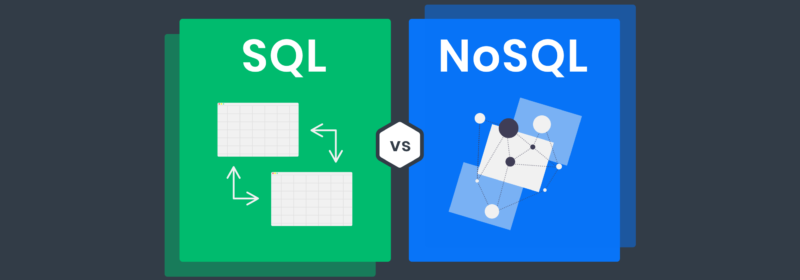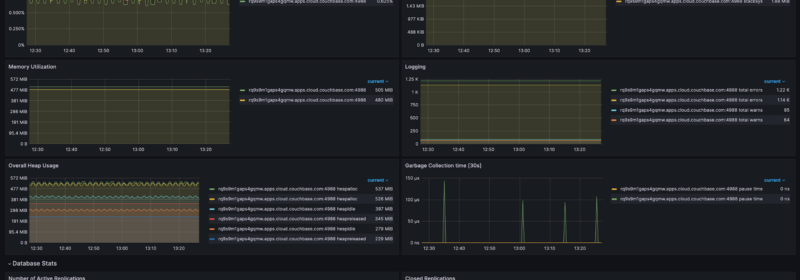Category: Couchbase Server

A Guide to Backend Databases
The backend is the part of an application responsible for storing and processing data. It’s the opposite of the front end, the part of the application that users interact with. The backend typically comprises servers, application programming interfaces (APIs), and...

Couchbase’s Jetbrains Plugin: Leveling up the developer experience
We are excited to announce that we now have a JetBrains plugin available for developing with Couchbase! Download and install it from the JetBrains Marketplace. Unless you are an old-school developer, chances are that you have your IDE open right...

Videos: Putting the SQL back into NoSQL
Are you interested in using the familiar SQL language while also benefiting from the flexibility of JSON data? We’ve got a series of three videos that can help you achieve the best of both worlds. Putting the SQL back into...

Paddy Power Betfair Provides a Personalized, Real-time Experience for Users
At the heart of any successful gaming platform is a database that maintains 100% uptime, scales in real time to handle millions of users, and provides users with a responsive and personalized experience across all of their devices. Customers today...

What is a Transactional Database?
Transactional databases store data in rows rather than columns to read and write data quickly. A transactional database maintains data integrity by relying on ACID (atomicity, consistency, isolation, durability) properties. ACID ensures that a database is restored to its original...

Thinking of Migrating from Community Edition? These 4 Companies Did
The Couchbase database is generally available for customers in three varieties across our product line: Community Edition, Enterprise Edition and Couchbase Capella (our fully hosted cloud database-as-a-service). Many of our customers begin their Couchbase journey with the Community Edition, running...

Withdrawal of the Couchbase Service Broker
Couchbase will be formally withdrawing the Couchbase Service Broker, as a supported product, from 1st November 2023. What is a Service Broker? Service Brokers implement the Open Service Broker API, an open standard for interoperability between clients and service brokers...

¿Por qué escoger una base de datos NoSQL? Hay muchas buenas razones
NoSQL, para abreviar “No solo SQL” es un término que los sistemas de base de datos usan para guardar información en varios formatos y apoyar los requerimientos que los sistemas tradicionales como relacional (o SQL) tienen dificultades para manejar. Los...

Introducing Couchbase Time Series
Couchbase is excited to announce the release of a new time-series feature as part of Couchbase 7.2. This feature is built on top of the robust Couchbase distributed database architecture, which is designed to scale horizontally as your data grows,...

5 Reasons to use Molo17 GlueSync for Data Integration
Organizations around the world, no matter if they are large enterprises, medium or small companies, or government entities, all use databases to support strategic applications and store critical data. Usage of NoSQL databases, such as Couchbase, is increasing dramatically, whether...

How to Monitor Capella App Services with Prometheus and Grafana
Capella App Services is a fully managed backend as a service (BaaS), that is specifically tailored to mobile, IoT and edge applications. It empowers developers and organizations to seamlessly integrate with Couchbase Capella and synchronize data across various edge applications...

HashiCorp Vault with Couchbase Server
In today’s fast-paced world, data security is of utmost importance, especially when dealing with sensitive information. A key component of data security is authentication, which protects data from being stolen. HashiCorp Vault is one of the technologies that can help...
